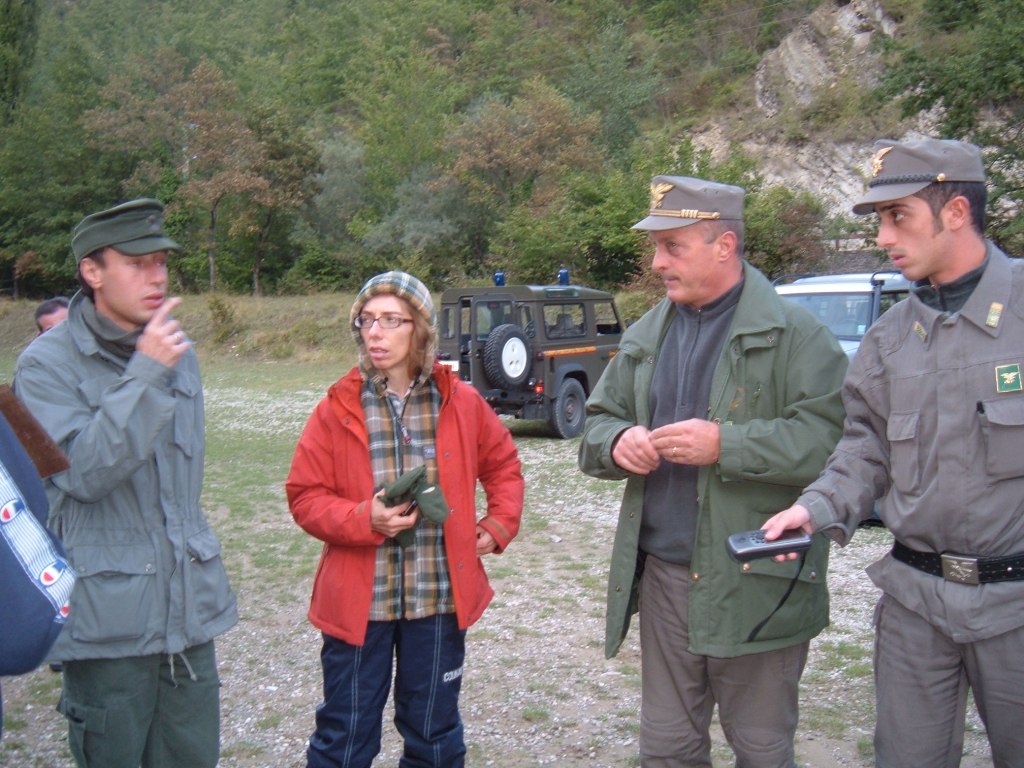Using the websites, WeChat Public Account, Newspapers, Popular Science Books, Popular Science Videos, Documentaries, News Coverage, Warning Signs, Field Education Sites, AR Hanma Exhibition Room, Ecological and Cultural Museum, Pamphlets, Summer Camps, Eco-Forums, Publicity campaigns in schools and communities, Eco-education and field studies base, etc., publicity and education are carried out to the public. This makes the public understand the importance of protecting moose population and improve the public awareness of ecological protection.
Professional and easy to understand publicity materials
A popular way of publicity
Application of new media
Application of new technology
